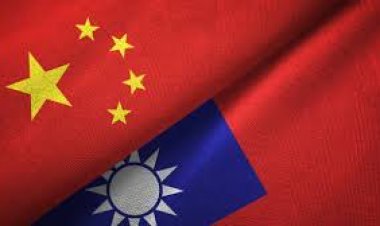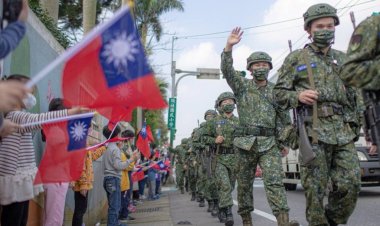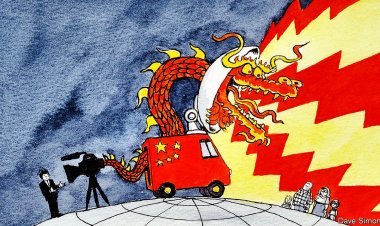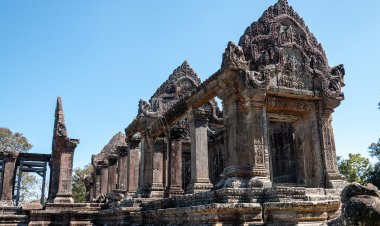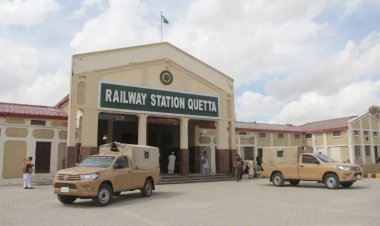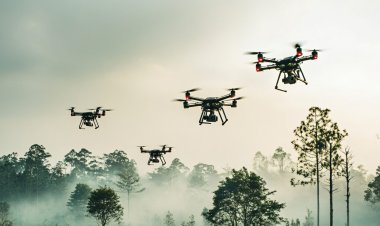The 38th Parallel : Who will Prevail ?
The article discussed the military capabilities of North Korea and South Korea.
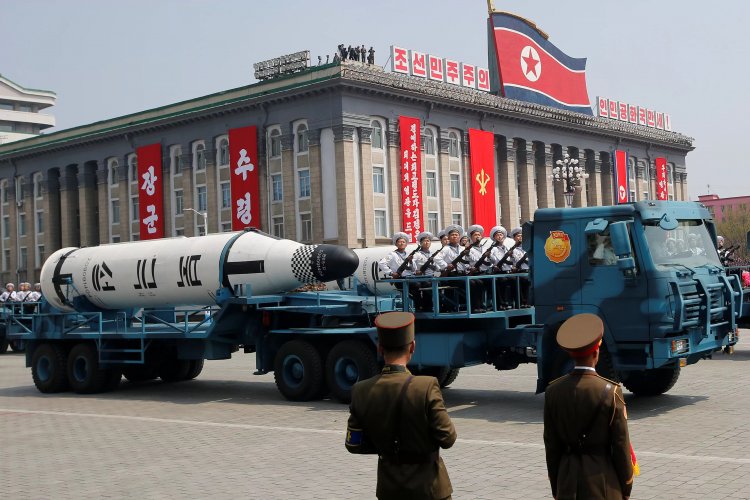
Analysis
By Peder Foss
The dual Korean countries are at war, and they have only signed an armistice. The Korean peninsula is one of the most militarized areas in the world. North Korea launched an attack in 1950 and the US and the UN intervened and pushed the North Korean forces back toward the Chinese border, which provoked China and the Chinese intervened and pushed the UN forces back to the 38th Parallel and the war turned into something similar as the western front during the First World War. The shooting war ended with an armistice in 1953. There have been several exchanges of fire across the Demilitarized Zone (DMZ) since 1953.
North Korea has declared itself as a nuclear weapon state, but it is unclear how many nuclear warheads North Korea has. North Korea has tested nuclear weapons six times. The first one was a plutonium device with a yield of about 2 kilotons in 2006. This test was followed with an additional test in 2009 and that device had a yield of about 8 kilotons. Additional nuclear tests occurred in 2013 and 2016, both of them with a yield of 17 kilotons, and a test later in 2016 had a yield of about 38 kilotons. The latest test occurred in 2017 and it was significantly bigger than the previous tests. This one had yielded about two hundred kilotons.
According to estimations by the U.S. Intelligence reports, North Korea has fissile materials for about sixty to one hundred warheads. However, a report from Atomic Scientists estimates the number of nuclear warheads to be between forty to fifty.
All warheads need to be delivered to the target and the North Koreans are working hard to make their nuclear arsenal operational. North Korea has tested over one hundred ballistic missiles with the ability to carry a nuclear warhead. The North Koreans have tested Intercontinental Ballistic Missiles, short-range missiles, medium-range missiles, intermediate-range missiles, and submarine-launched missiles. It is unclear if North Korea has been able to minimize the nuclear device to fit in any of the developed missiles.
There are indications that North Korea has about 2500 to 5000 tons of chemical weapons (sarin, sulfur mustard, phosgene, chlorine, and VX) these weapons can be delivered by artillery shells, missiles, aircraft, and rockets. There are also indications that North Korea possesses biological weapons (anthrax, smallpox, plague), but it is unclear if North Korea has been able to weaponize these pathogens.
North Korea's military is considered to be the fourth largest in the world. The active personnel in the armed forces contains about 1.3 million and the reserve contains about 600,000 service personnel. North Koreans serve in the military for about ten years. The North Koreans are believed to have about 550 combat aircraft, 290 helicopters, 400 combat vessels, 280 amphibious vessels, 70 submarines, 4000 main battle tanks, 2500 armored vehicles, and 5500 multiple rocket systems.
North Korea air force fighter planes are rather old from the old MIG-17 to the more modern MIG-29 Fulcrum A, B, and C. The North Korean air force also has SU-25 Frogfoot, but not many of the most modern fighter/attack planes. The majority of their combat planes are from the 1960s and the 1970s (MIG-21 Fishbed and MIG-23 Flogger). The North Koreans also have the famous MI-24 Hind attack helicopter. How many of these different airplanes are able to fly is unclear.
The North Korean army issued old Soviet-era main battle tanks, mainly the T-62 and indigenous upgraded T-62 tanks, but these MBTs resemble the T-72 or the T-80. How many they have of the latest models is unclear, but it can be about 500 MBT's. The armored vehicles are mostly older Soviet-era BTR-80, BRDM, and the Chinese Type 63.
North Korea has a lot of artillery, both rocket artillery and howitzers. But it is the same here, the majority of the howitzers originate from the 1970s or the 1980s., except for the KN-25, the largest multiple rocket system in the world. It entered service in 2020. Another very modern multiple rocket system entered the service at the same time. But only the North Koreans know how many they have.
The North Korean Navy is the smallest of the armed forces, although they have Romeo class submarines and the Golf class ballistic missile submarines. The latest submarine entering the service was the Sinpo class with ballistic missiles. The North Korean navy also has the Najin class frigates. The North Korean navy uses OSA class ships for coastal defense, these ships are issued with Styx anti-ship missiles.
The South Korean armed forces have about 600 000 active service personnel and about 3 million in the reserve. The air force has about 900 aircraft. About 470 of these are fighter planes, mostly US-made F-16 Falcon and F-15 Eagle. South Korea is developing a fifth-generation fighter, the KF-21 Boramae. South Korea has the AH-64 Apache attack helicopter (36 and getting 48 additional units) and the AH-1 Cobra attack helicopter (about 90)
The South Korean army has between 2700 to 3000 main battle tanks, about 2000 of them are the modern K2 Black Panther or the upgraded versions of the K1A1. South Korea has developed a new Infantry Fighting Vehicle (IFV), the AS21 Redback. South Korea's army has about 500 of the K21 IFV. The total number of IFVs and Armored Personnel Carriers (APCs) in the South Korean army is about 3000. South Korea has about 6200 artillery pieces. The most modern version is the self-propelled howitzer K9 Thunder.
The South Korean navy consists of about 160 ships, 70,000 personnel, and 29,000 marines. The navy has 18 submarines, 12 destroyers, 14 frigates, 7 corvettes, 17 amphibious ships, and several smaller patrol ships. The marines have about 300 amphibious assault vehicles. All able-bodied South Korean men serve 18-21 months in the military, there are exceptions for athletes and musicians.
There is something odd about North Korea's defense doctrine and Modus Operandi. Especially the army and to an extent, the air force is using a lot of tunnels and caves to store supplies, protect howitzers, and even have tunnels stretching into South Korea's territory. To have military resources in caves and tunnels reminds one of how the Japanese fought during the Second World War. The Japanese were protected from air attacks and artillery fire. It seems the North Korean military is following the same concept. The problem with this MO is if North Korea decides to invade South Korea. The resources in these tunnels and caves must leave the protection to support the attack if the attacks reach further south. Every time the Japanese left their tunnels and caves to attack, they were beaten badly by the US forces. The level of North Korean equipment and the amount of different nuclear-armed missiles the North Koreans are developing makes me believe, the North Korean government knows very well it cannot launch an invasion of South Korea to unify the Korean peninsula unless the US and South Korean military bases are destroyed, and the only way for North Korea to destroy US and South Korean bases in South Korea is to use nuclear weapons. The North Korean government's strategy would most likely be to hit US military assets in Japan, Okinawa, and Guam as well.
Disclaimer: This paper is the author's individual scholastic contribution and does not necessarily reflect the organization's viewpoint.


